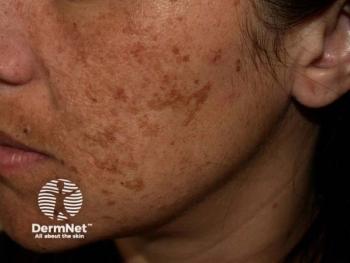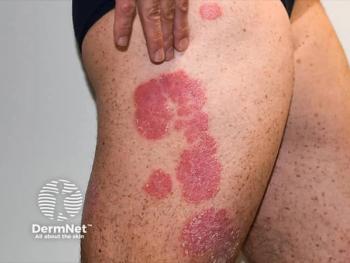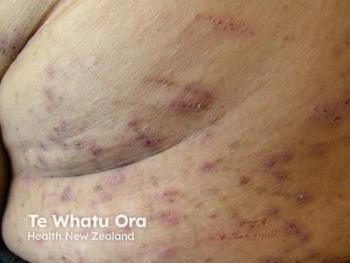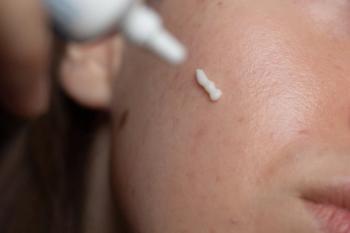
Expanding Treatment Options to Pediatric Populations: A Conversation With Lisa Swanson, MD, at DERM 2025
Key Takeaways
- JAK inhibitors ritlecitinib and baricitinib are effective for alopecia areata in older children, but younger patients lack approved treatments.
- Open discussions with families about off-label use of JAK inhibitors can improve quality of life for young alopecia areata patients.
Lisa Swanson, MD, discusses the unmet needs in pediatric dermatology at the DERM 2025 conference.
Pediatric dermatologist Lisa Swanson, MD, highlighted the need to expand treatment options for the pediatric population at the 2025 DERM NP/PA Conference in Las Vegas, Nevada.
Alopecia areata is an area in pediatric dermatology with such a need, she told Dermatology Times in an interview. "I think there are a lot of clinicians out there that don't love to treat alopecia areata, because there's a lot of crying in alopecia areata, because it's really devastating for the patient and the family. And we have these wonderful JAK inhibitors that we know are very effective in treating alopecia areata: we have ritlecitinib approved age 12 and up, and baricitinib approved age 18 and up, and we're grateful for them. But we don't yet have anything officially approved in the younger space," she explained.
Swanson noted sometimes it is appropriate to open the conversation with the family, as alopecia has a significant impact on quality of life for these patients and their families. "If I have a little kid who's devastated and not wanting to go-to school, and they're 6 years old and it's really kind of paralyzing their life, I'm going to step in and at least offer the treatment," she told Dermatology Times. "Bring it up. Talk about it. Explain that these medications are approved in older patients, but that I personally feel comfortable with their safety profile in using them in the younger patients, and that I have a lot of experience doing so. Sometimes just sharing those stories of the other patients that you've treated, the success stories without details, but just the fact that I feel confident treating alopecia areata in these younger patients because I've had so many patients go through the treatment successfully, can really change lives."
Swanson is excited about what the future holds for pediatric dermatology, and believes the continued research will yield additional treatment options. Her eyes are on hidradenitis suppurativa, as it continues to get attention.
"We've gone through our psoriasis era. We've gone through our atopic dermatitis era. We're kind of in the midst of our alopecia areata/vitiligo era. Next it's HS turn. And it's been a long time coming, because talk about burden of disease and impact on quality of life. It is major with hidradenitis suppurativa," she said.
"I think there are a lot of practitioners out there that also dislike treating HS simply because our options are so poor, and once we have some options that can really help our patients that are easily adaptable, and patients like and they see improvement from it, it's going to make treating HS as fun as treating atopic dermatitis and psoriasis is now. We've got a wealth of options for those conditions. Can't wait to see that tide turn for HS."
Newsletter
Like what you’re reading? Subscribe to Dermatology Times for weekly updates on therapies, innovations, and real-world practice tips.


















